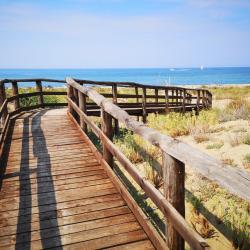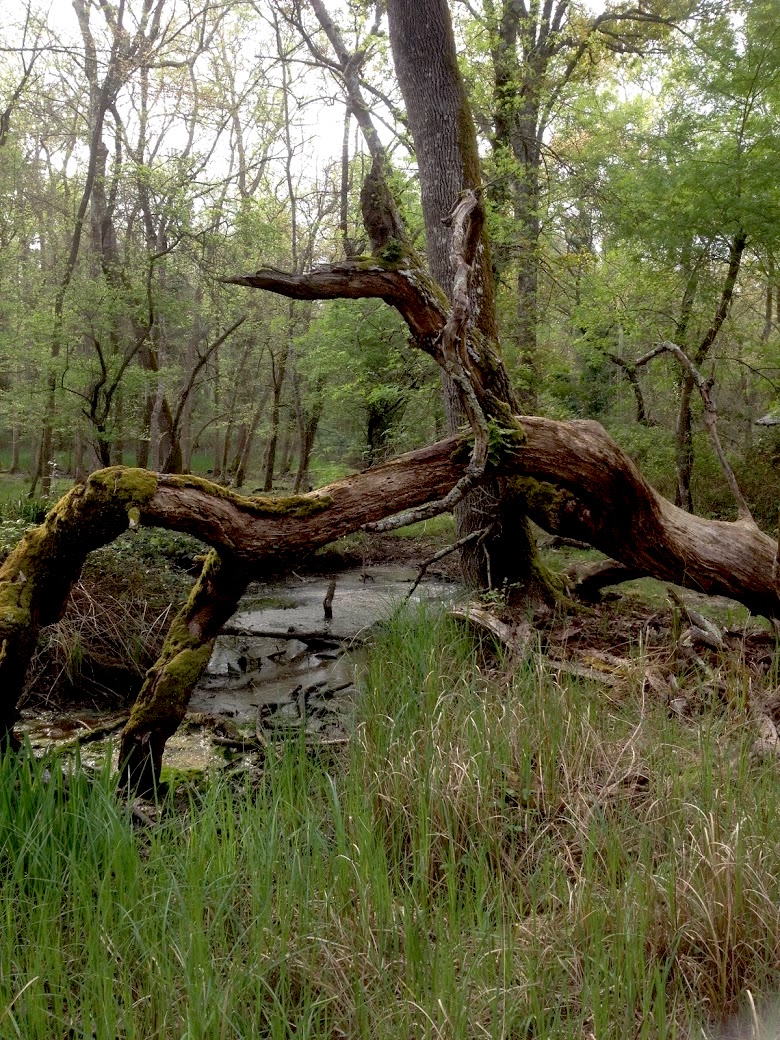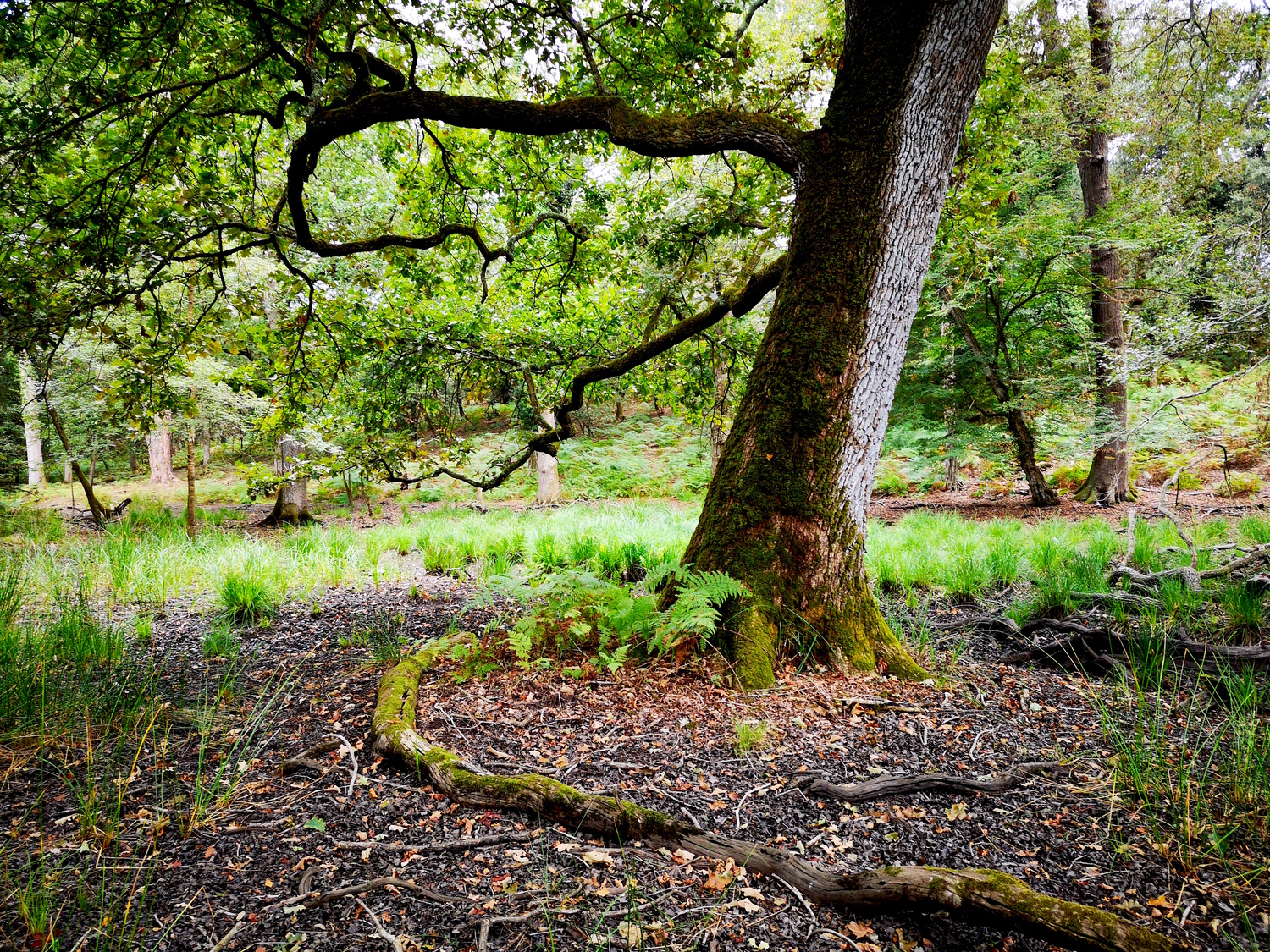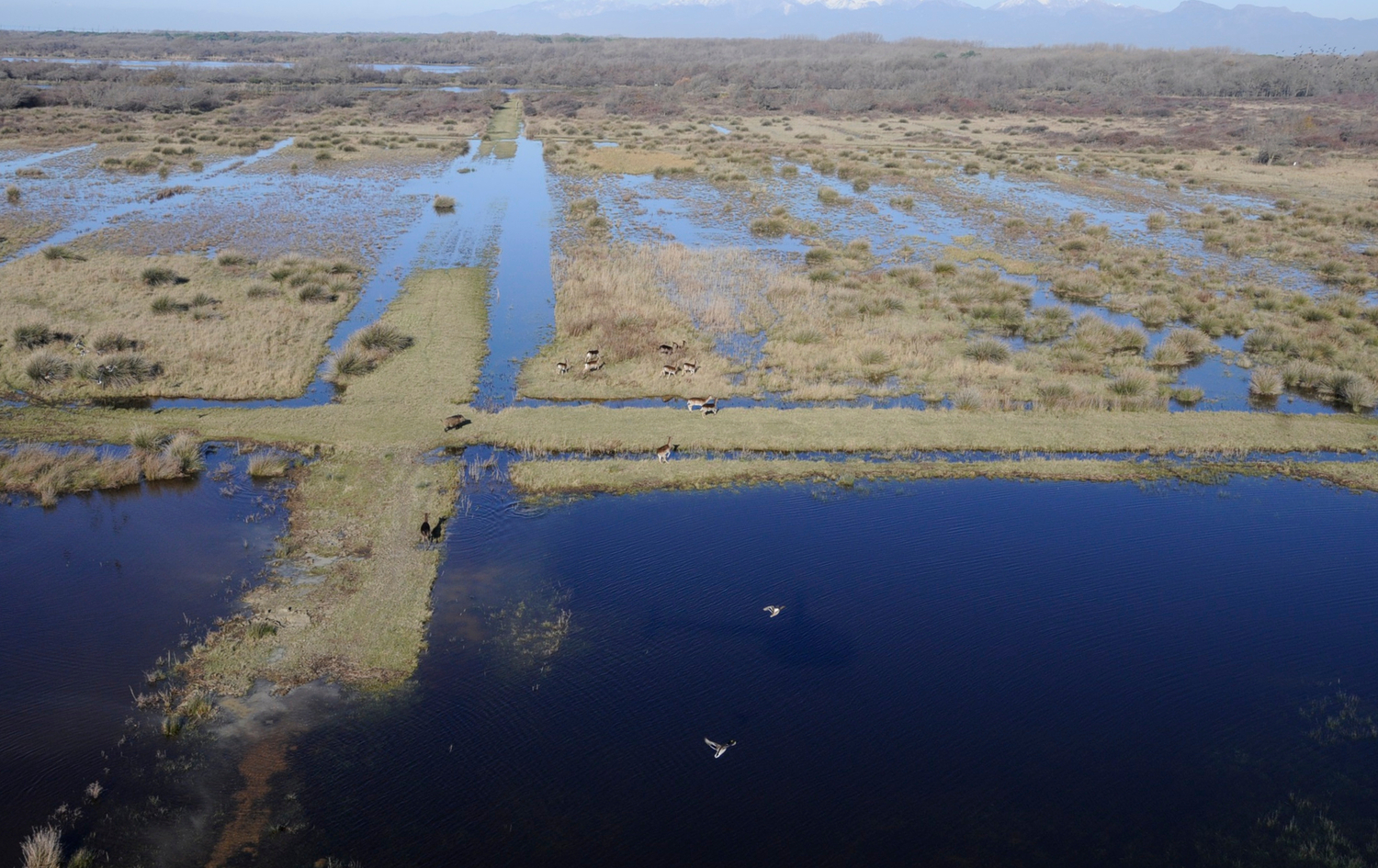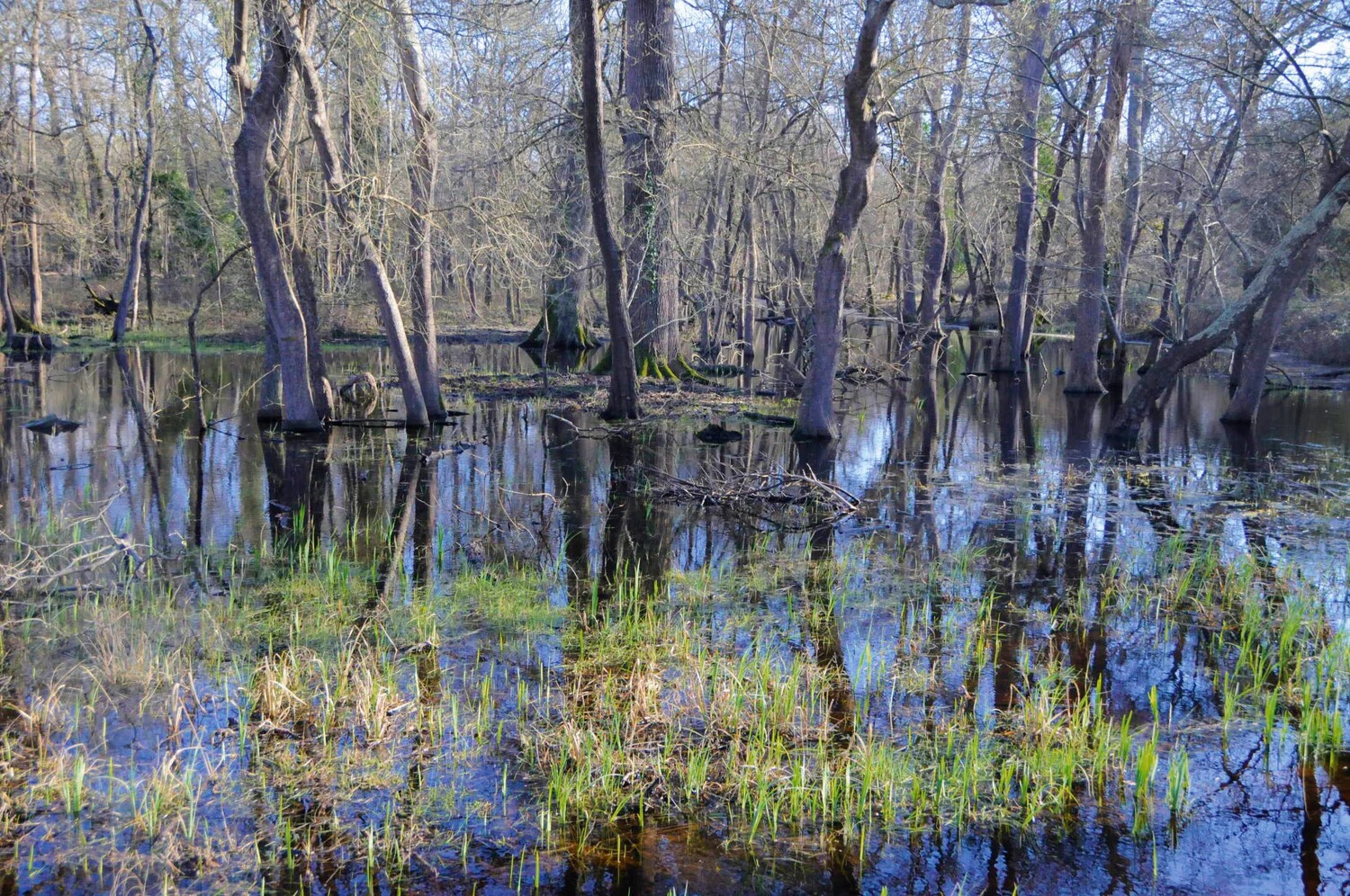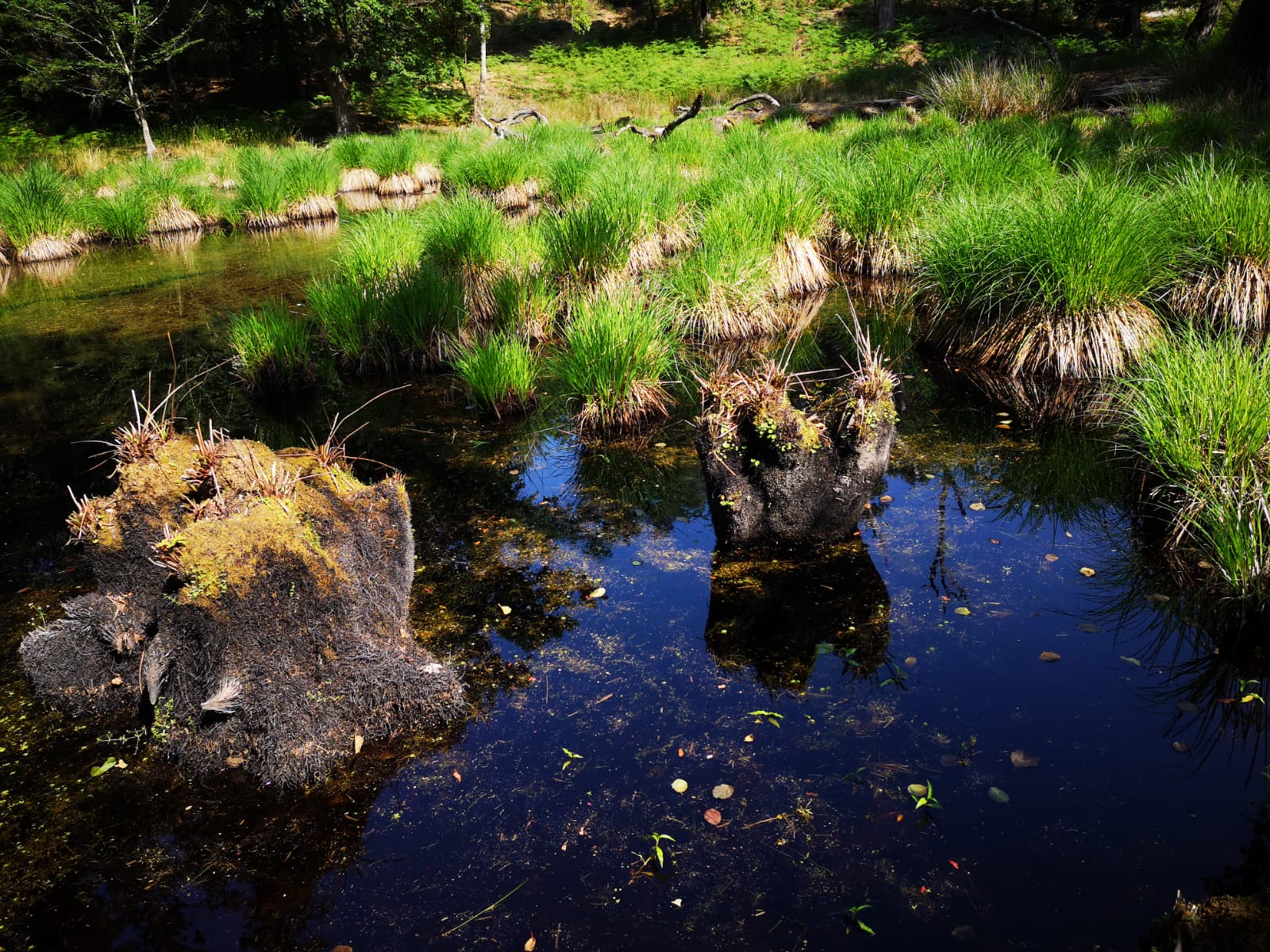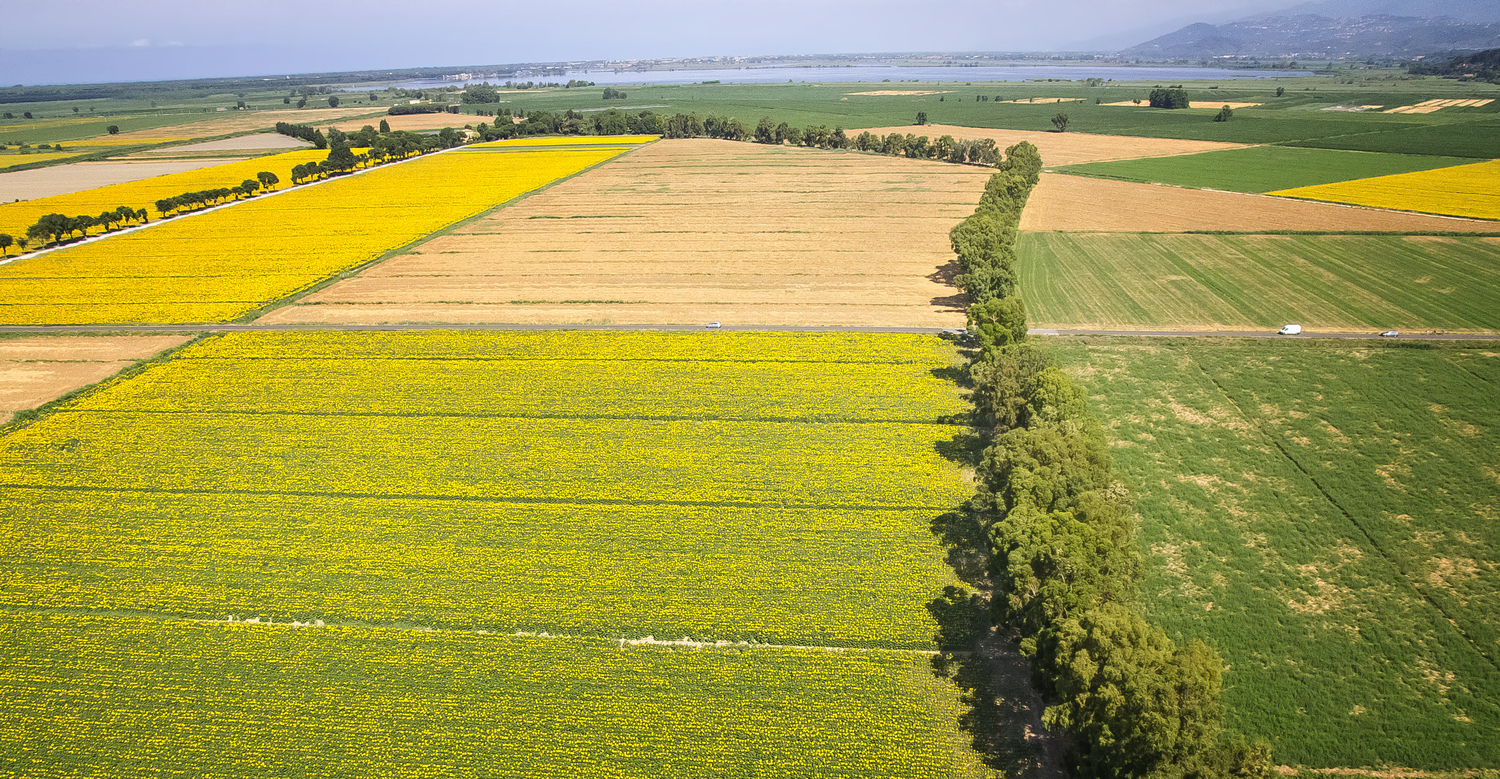With the annexation of the Grand Duchy of Tuscany by the Kingdom of Savoy there were many projects for the enhancement and exploitation of the area, such as the introduction of vast pine forests in the wooded areas, the expansion of the road network that connected it to the sea and the enlargement of the navigable Navicelli canal, which still crosses the estate from Pisa to Livorno. Access to the sea enabled, at the end of the century, the rise of the first bathing establishments and the first residential areas until, in the twenties and thirties of the '900, the reclamation works of most of the wetlands were carried out, made arable also thanks to the removal of large wooded areas and the creation of new residential centres. Currently the territory of the estate is characterised by the alternation of dense woods and agricultural areas and by the presence, in the coastal area, of those settlements created in the twentieth century.
There are many places of interest inside the estate:
- The Cornacchiaia wood, in the Calambrone locality, a perfectly preserved undergrowth often impenetrable: a WWF oasis, part of the Regional Park of Migliarino, San Rossore and Massaciuccoli, the wood is characterised by the alternation of sandy dunes, so-called “tomboli” and flooded areas. It is a forest with a perfectly preserved undergrowth, untouched by human alterations, with pines, alders, maples, ash trees... in the park there are wild boars, foxes, badgers, squirrels, dormice, porcupines, marsh turtles...
- The Dune di Tirrenia Oasis: managed by the WWF in agreement with the Municipality of Pisa, preserves a part of the coast characterised by dunes and hosts a rich and interesting environment from a naturalistic standpoint.
- The Romanesque Basilica of San Piero a Grado, dating back to the 10th century: of great architectonic and artistic interest, the current building stands on the pre-existing early Christian basilica in correspondence with architectural material dating back to the Roman era. Legend has it that it arose in the place where the apostle Peter landed.
- The Tre Pini path, near San Piero a Grado: through this path the visitors can get to know the different types of woods and observe the traces of the advancement of the coast together with the effects of hydraulic reclamation. In this area there are still traces of ancient crafts such as charcoal burners, farmers, breeders...
- The Ippooasi. Near the Basilica of San Piero a Grado is the Ippooasi (http: //www.ippoa- si.org/it/): a refuge for animals of all kinds that have found a home and safety from certain death. In this place, cows, donkeys, horses, pigs, wild boars, goats, roosters, hens, ducks, rabbits, which have been given back their dignity while respecting their nature, are totally free to move around in almost four hectares of land at their disposal, without being exploited in any way, but simply enjoying each other's company.
- In an area adjacent to the basilica of San Piero a Grado, in 1989 the Interdepartmental Centre for Agro-Environmental Research of the University of Pisa was inaugurated. In 1963, the Italian State gave this area to the university for perpetual and free use.

